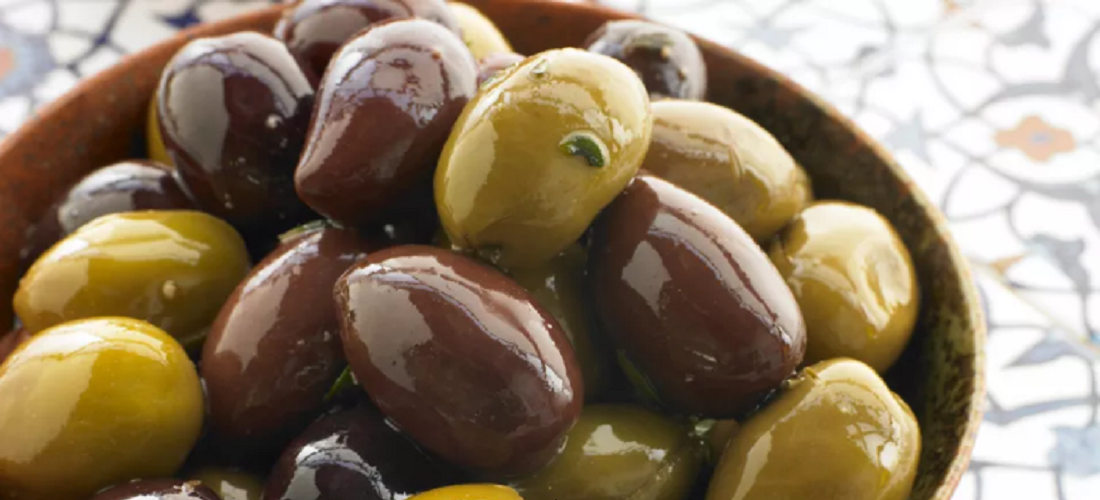
Brazil: olive imports rise again in 1H22
Sep, 16, 2022 Posted by Gabriel MalheirosWeek 202237
Brazil increased its olive imports in 2022. In 2021, the country purchased 68 thousand tonnes, a 17% decrease from the previous year. The downward trend that had begun in 2021 persisted in the first couple of months of 2022, but growth resumed in March.
In the first half of 2022, 32.3 thousand tonnes of the fruit were imported, which represents a growth of 5.2% compared to the same period of 2021. Although YoY declines were recorded in January and February (-42.5% and -15.9%, respectively), the following months grew compared to the corresponding months of 2021, with +1.8% in March, +4% in April, +49 .1% in May, and +57.9% in June.
See below the track record of Brazilian imports of olives (HS 200570) from January 2021 to Jul 2022. The data is from DataLiner.
Olive Imports by Brazil | Jan 2021 – Jul 2022 | Teus
Source: DataLiner (click here to request a demo)
According to Vale Fértil experts, the limited availability of containers for olive imports hampered the arrival of olives in Brazil in 2021, negatively impacting the market. On the other hand, increased production in Argentina, Peru, and Spain will allow imports to resume in 2022.
Positive outlook for the 2nd half of 2022
Projections for the second half of this year remain positive, even in the face of the upcoming elections in Brazil, a factor that always brings insecurity to market projections.
Vale Fértil projects a 6% increase in kilogram imports for 2022 compared to 2021. The brand is the national leader in the olive market, accounting for 22.3% of Brazilian imports of the product in the first six months of 2022.
“We foresee growth in the domestic market growth as the government will inject money into the economy in the coming months. Furthermore, due to seasonal reasons, sales tend to peak at the end of the year, which the FIFA World Cup will boost in November,” says José Délcio de Farias, Controller of Grupo Vale Fértil.
The world-renowned sporting event heats the industry because, currently, Brazilians consume olives mainly as a snack, and sales of this category increase on match days. A survey by the Associação Paulista de Supermercados (Apas) in the 2018 edition of the World Cup indicated that the sale of some snacks increased by 20% on days the Brazilian national team played.
Figures
Brazil is the second largest importer of olives in the world. According to the International Olive Council (IOC), five markets represent around 67% of world imports of the fruit: the United States (24%), Brazil (18%), the European Union (17%), Canada (5%) and Australia (3%).
Argentina is the main country that exports olives to Brazil. According to the Ministry of Economy’s foreign trade database, from January to June 2022, 61.41% of Brazilian imports of the fruit came from Argentina; 20.76% from Peru; 11.43% from Spain; 5.71% from Egypt, and another 0.32% from other countries.
Source: Cenário MT
To read the full original article, please go to: https://www.cenariomt.com.br/agro/importacao-de-azeitonas-volta-a-crescer-no-brasil/
-
Economy
May, 17, 2022
0
The revenue earned from Russian exports to Brazil doubled since the beginning of the war
-
Grains
Feb, 06, 2019
0
Drought takes toll on soybean harvest in Goiás but spares Paraná
-
Shipping
Apr, 11, 2024
0
Panama Canal Authority warns restrictions will remain in place throughout 2024
-
Coffee
May, 06, 2022
0
Nespresso employees in Switzerland find 500 kg of cocaine in coffee shipment from Brazil


